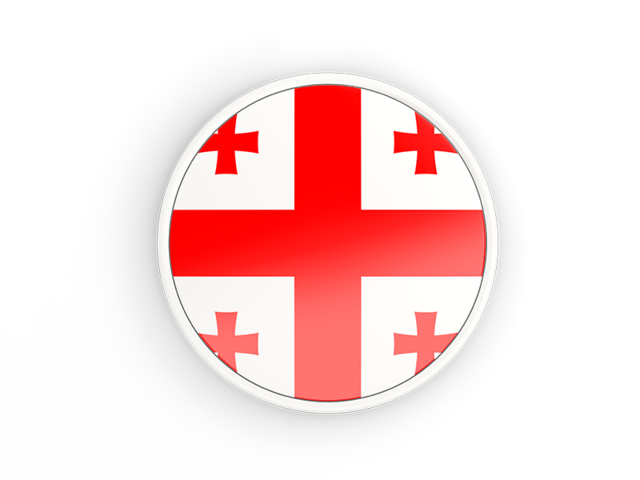
Crude oil blending, a practice of combining different types of crude oil to achieve desired product specifications, is a crucial process in the oil industry. By blending different crude oil grades and types, refineries can optimize product quality, meet market demand, and enhance operational efficiency. In this article, we will explore the significance of crude oil blending, examine the factors influencing this process, delve into blending techniques and best practices, and discuss emerging trends and technologies shaping the future of this industry.
Crude oil blending involves the strategic combination of various crude oil types to create a blend that meets specific product requirements. It enables refineries to produce fuels and other petroleum products with desired properties, such as sulfur content, TAN and API rating. By blending different crudes, refineries can leverage the unique characteristics of each oil to achieve a more desirable and marketable end product.
Crude oil blending offers several key advantages in the oil industry. Firstly, it allows refineries to optimize their production processes by utilizing a broader range of crude oil inputs. This flexibility helps refineries adapt to changing market dynamics, such as fluctuations in crude oil prices and shifts in product demand. Additionally, blending enables refineries to enhance the quality of their products, making them more competitive in the market.
Successful crude oil blending requires a deep understanding of the properties and characteristics of different crude oils. Factors such as API gravity, sulfur content, and distillation curve play a significant role in determining the blend’s final properties. Market demand, pricing differentials, and transportation logistics are also crucial factors to consider when selecting the appropriate crude oil blend.
Refineries employ various blending techniques and processes to achieve the desired blend composition. These techniques include mixing different crude oils at specific ratios, using blending additives to modify properties, and employing sophisticated equipment for precise control. The key to effective blending lies in understanding the compatibility of different crude oils and employing efficient mixing methods.
Refineries in the past predominantly distilled light crudes. However, with the global competition, shifting from naphtha to heavier distillates, and the production of FCC naphtha for gasoline, refineries are now focused on economizing and increasing the utilization of heavy and opportunity crudes. This shift is driven by the need to reduce operational costs, as the price of crude oil constitutes a significant portion (around 80% to 90%) of the refinery’s cash flow. By reducing the cost of crude feedstock without compromising the production of high-value distillates, refineries can improve their refining margins and overall profitability.
One challenge is that many refineries were not originally designed or built to handle heavy and corrosive crude oils. Therefore, refinery economics necessitates finding a balance by incorporating maximum quantities of heavy and opportunity crudes into a blend with light sweet crudes. This blend must be compatible with the available CDU equipment, ensuring maximum yields and capacity for the desired valuable distillates.
The key to successful crude blending lies in continuously verifying the compliance of the blend with the required specifications throughout the entire production process. Immediate corrective actions should be taken if any discrepancies arise between real-time and required quality properties to maintain the desired blend quality.
To optimize crude blending operations, several conditions should be considered:
- On-line and continuous measurement of different physical properties of opaque components and the blend itself. Crude oil process analyzers enable the real-time adjustment of the ratio between different crude oils in the blend by measuring multiple quality parameters in a single analysis.
- Maximizing the incorporation of heavy, opportunity, and low-cost crude oils into the blend.
- Composing the most economical blend that can be processed in the available CDU by applying feasible process conditions to achieve the highest possible yield and production capacity of the desired distillates at the lowest cost.
- Minimizing corrosion to prevent unnecessary shutdowns for maintenance and repairs caused by corrosion failures.
Crude blending is a dynamic process that involves fluctuations in the physical properties of the blend due to factors such as deficient homogeneity, switching between crude oils of different batches, and switching between different components. To ensure a consistent final blend, the blending recipe must continuously update itself based on the quality parameters of the blend. Crude oil process analyzers, such as the MOD-4100, are effective tools for measuring the quality of the blend in real-time, as they are not limited by opacity, unlike optical spectroscopic methods.
In conclusion, optimizing crude oil blending operations is crucial for refineries to achieve cost savings, maximize yields, and maintain product quality. By leveraging advanced process analyzers and implementing efficient blending strategies, refineries can overcome the challenges associated with handling heavy and corrosive crude oils while enhancing their profitability and operational efficiency.
Crude oil blending offers numerous benefits to refineries. Firstly, it enables refineries to optimize their operations by ensuring consistent feedstock quality. By blending crudes with varying properties, refineries can compensate for deficiencies in individual crude oils, resulting in a more stable and reliable refining process. Additionally, blending allows refineries to meet specific product requirements






